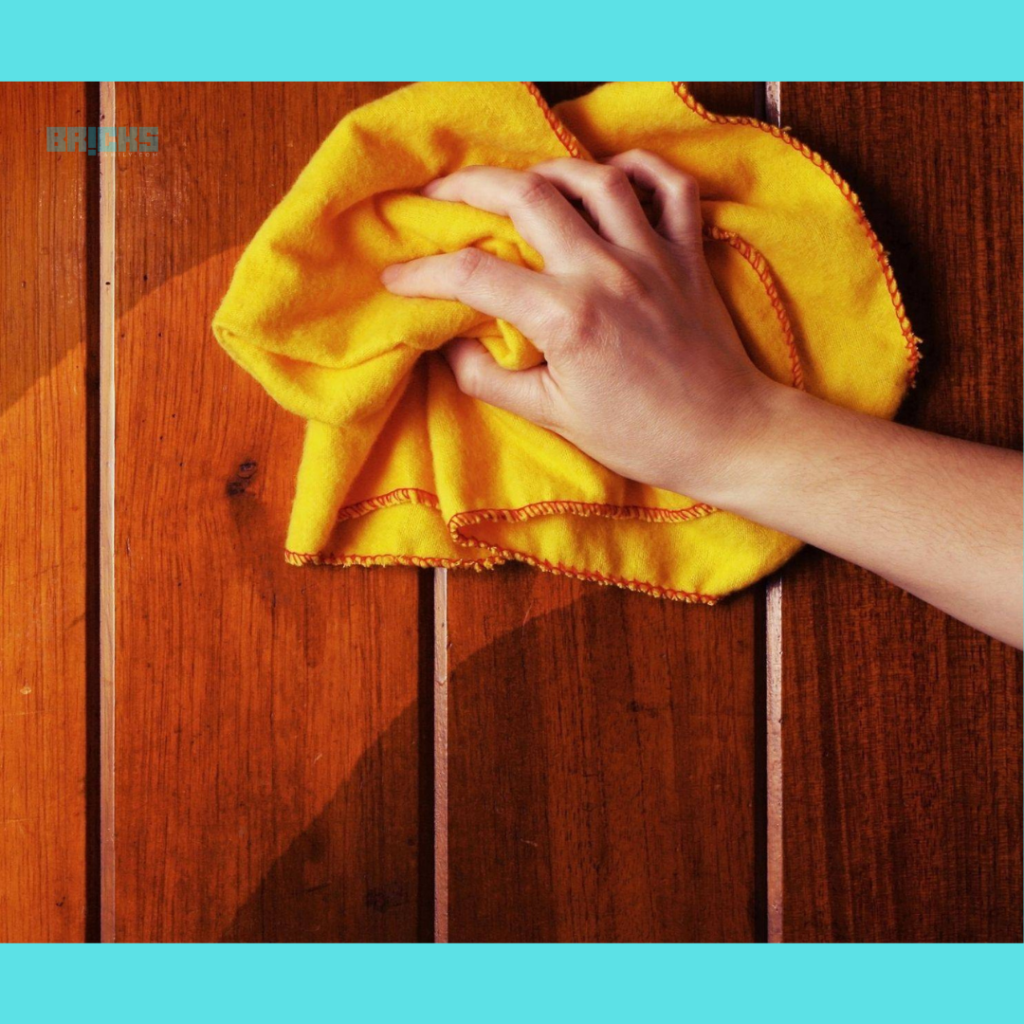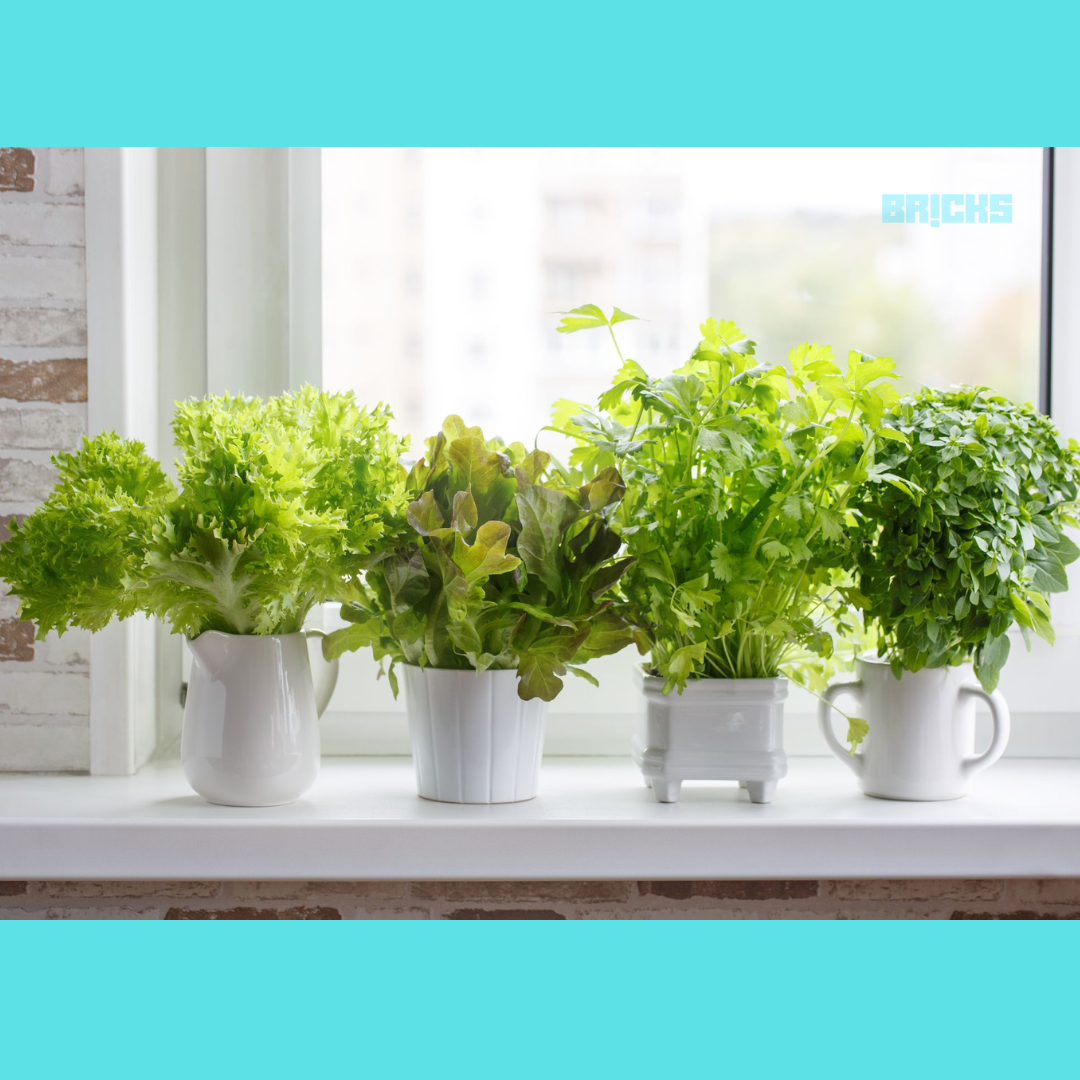Nothing brings out the beauty of wooden furniture and the stair railing in your house like a new coat of polish. Polish has both practical and aesthetic uses. In addition to preserving and extending the life of the wood, it also highlights the unique grain textures. This blog is about Wood Polishing Work in Your Home: A Guide.
Ideally, furniture has to be polished every few years. Use this chance to change the wood polishing colour of the object to give it a distinctive look.
It shouldn’t take more than a few days to complete this wood polishing task at home. Let’s examine the many types of wood polish in detail, as well as talk about prices, colours, and other aspects.
Wood Polishing Method
A straightforward factor determines the amount of wood polishing work: is this the first time the wooden piece is being polished, or does it require repolishing? For the latter, the procedure starts with removing any previous paint or polish. Therefore, the scope of work affects the wood polishing price in addition to the colours selected.
It’s not ideal to polish furniture layer after layer. In the end, this makes the natural grain patterns invisible and starts to appear gloomy. Sandpapering and spirits mixed usually work to restore the wood to its raw state. Before starting any wood polishing work, the wooden surface can be lightly dusted with a wet microfiber cloth.
Selecting the colours and finish of your wood polishing is now necessary. Don’t base your choice only on the cost of wood polishing.
Applying the Wood Polish

The application of polish is not a difficult process. A clean cloth and the color of wood polish of your choice are all you need. Partition the item to be polished into smaller pieces. This guarantees that the whole thing is polished. Dab the polish onto the wood using the cloth. If required, think about adding further coats of polish on top of the first one. Remember that the color may get stronger with each coat that is applied.
Varieties of Wood Polish
Selecting the colours for the wood polishing is insufficient. Additionally, you need to be aware of the various Polish kinds that are out there and which ones work best for certain tasks. The type of wood polish selected will determine the cost of wood polishing.
There are 8 kinds of wood polish to take into consideration if you’re thinking about purchasing some:
- Water-Based
This well-liked, environmentally friendly option comes in a variety of wood polishing colours. Compared to other forms of wood polish, this one has a water base and a lower percentage of volatile organic chemicals.
- Lacquer-Based
Another common kind of wood polish is lacquer-based wood polish. It is multicoloured and strengthens the wood from the inside out. As a result, you can personalize the finish.
- Oil-Based
As a natural material, wood is enhanced with an oil-based polish. It effectively conceals surface scratches while enhancing the wood’s inherent qualities.
- Varnish
Varnish is a viable option if you’re searching for a low-cost wood polishing solution. This type of wood polish offers the hardwood surface a deeper tone and a protective layer. Many people appreciate it because it provides a protective barrier against warm weather and humidity.

- Shellac
Shellac is a type of resin-based wood polish. This kind of wood polish brings out the innate beauty of any wood and gives it a deeper appearance. Shellac has a warm, yellow tone when it is in its natural state. To match different polish colors, dyes can be applied to it. It is not recommended to polish outdoor furniture with shellac.
It cannot withstand dampness.
- PU Wood Polish
PU wood polish is a wonderful option for polishing hardwood surfaces that are subjected to a lot of wear and tear. PU wood polish is available in solvent- and water-based formulations, is simple to maintain, and is resistant to scrapes and chips. While the latter can be used to polish both indoor and outdoor furniture, the former is more appropriate for polishing inside pieces.
- Wax-Based
Natural plant materials make up wood polish with a wax base. This can be used as a liquid or as a thick paste. This kind of wood polish works best on light woods like oak and pine because of its density.
- Melamine Wood Polish
Melamine wood polish is comparable to PU wood polish; however, it is less lasting because it does not adhere to wood as effectively. It resists flames. This kind of wood polish leaves the surface with a thin layer of protection. It also imparts a glossy appearance to the object.
DIY Wood Polish
An easy-to-do project is the most basic kind of wood polish. It’s simple to produce homemade wood polish. A simple protective polish can be made by using one part white vinegar and one part lemon juice. Furthermore, you might add some olive oil to this combination. You can use a soft cloth to rub this into the wood after spraying it on the wooden surfaces. If you wanted to add some warmth to your handmade polish, you could dilute a small bit of powdered polish colour.
Wood Polishing Guidelines
How wood is polished and the colors used to polish it affect how it looks and how long it lasts. It is possible to hire an expert to polish your furniture. If you polish a piece with finely detailed engravings, this might be advised. You may attempt doing it yourself for modern furniture with clean, straight lines and edges. Here are some pointers to assist you.
- Consider the wood grain while selecting the kind and colour of wood polish. For instance, a thick wax finish may cover up subtle grain patterns.
- Consider functionality. If wood furniture is maintained indoors, it might be okay to use a water-based wood polish; however, it might not work well on outdoor furniture.
- Start by treating wounds and scrapes. If these are just surface-level, you could fill them in using a wood polish that is based on wax or oil.
- Prior to applying wood polish, remove any dust from the wood. If you neglect to do this, fine hair and dust can adhere to the polish and detract from the finished appearance.
- Avoid using a brush to apply wood polish if at all possible. This could result in obvious strokes on
- Do not schedule wood polishing work in the monsoons or on cloudy days.
Wood Polishing Prices
The market is filled with a wide variety of wood polishes. An expensive option does not always equate to greater quality when it comes to wood polish costs. In addition to the kind, colour, and other characteristics of the polish, brand marketing also affects prices. It may fluctuate depending on what’s available. Therefore, it is preferable to be aware of the approximate range of wood polish costs.
- Water-based wood polish: Rs 30–50 per sq. ft.
- Oil-based wood polish: Rs 80–120 per sq. ft.
- Melamine wood polish: Rs 110–150 per sq. ft.
- PU wood polish: Rs 250–400 per sq. ft.
Wrapping Up Wood Polishing Work
Taking up wood polishing can revitalize the look of your furniture and house. It shields the wood as well. It shields the wooden surfaces from exposure to moisture and temperature changes by covering them with a layer. This helps to increase its longevity over time.
Of course, you must select the wood polish if you want to get the most benefits. Don’t base your decision only on the cost of wood polishing. Applying the polish appropriately and making sure it dries completely are crucial. While wood polishing is not difficult, it is advisable to have a professional assist with finely carved pieces.
Also Read: Mumbai Trans Harbour Link| Atal Setu- Route Map, Toll Charges and More
Similar Topics: Plywood: Types, Advantages, Uses, & Price Range














